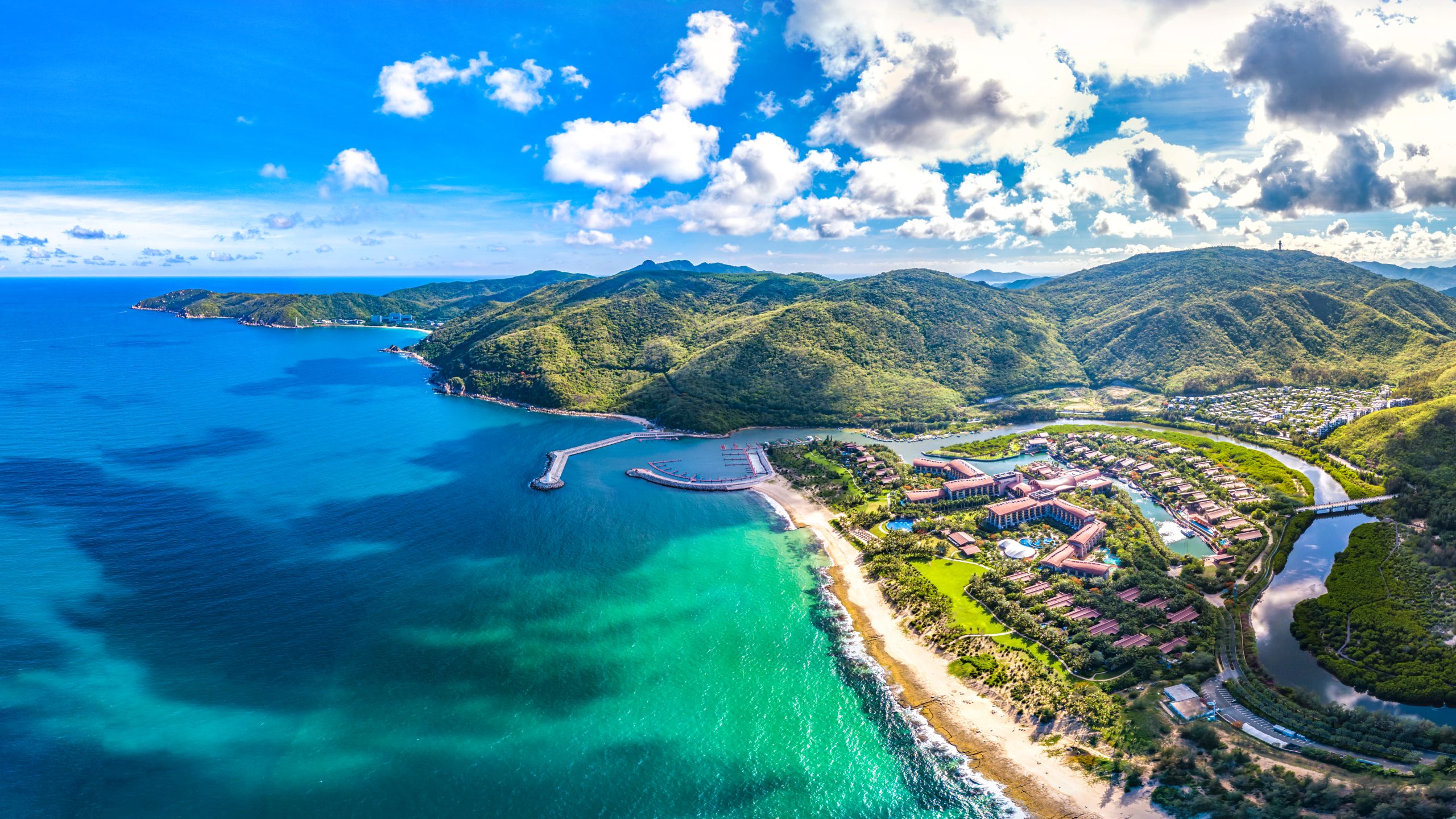
Growth Brands Can Use Hainan To Scale Up In China
The Chinese market is undoubtedly a massive opportunity. With 1.4 billion people and a blossoming middle class, Chinese consumers have long been drivers of global consumption (Conick). They are set to contribute almost two-thirds of global growth in luxury spending, and are emerging from the pandemic uniquely optimistic with an intent to spend on higher quality products (McKinsey).
Everyone from CEOs/CMOs to corner convenience store owners recognize the massive buying power of China, especially for luxury goods. Over the past 40 years, the Chinese economy grew at record-breaking speed, and with the wealth came the Chinese consumption power. In 2021, China was identified with GDP $3,982 billion or 1.18x of the U.S.’ purchasing power (Statistic Times).
Similar to the American Gold Rush of 1848, the Chinese wild west holds no promises to any bold and brave entrances from newcomers. For growth brands, entering the Chinese market has long been an impossible expense of capital and time – jumpstarting landing pages, translating content, and creating payment structures, while also navigating government policies and cultivating connections within the Chinese government, can make the task nearly insurmountable (Conick). As well, recent trends within the country resulting from the COVID-19 pandemic show that the country is becoming increasingly competitive, with domestic markets, technology, and capital rising in importance. How can growth brands reasonably access the Chinese market? (McKinsey)
Hainan.
Hainan provides luxury brands with the perfect opportunity to explore and understand their shoppers in an isolated environment. In turn, it not only contributes to their bottom line in the short run, but also allows luxury brands to develop a deeper understanding of their Chinese consumers to maximize their return in the long run.
Hainan functions in China much like Hawaii does in the United States. Located south of the Chinese mainland in the South China Sea, the island offers a paradisal tropical destination for Chinese travellers. As international travel shut down during the COVID-19 pandemic, Hainan became increasingly attractive, functioning as a tropical domestic destination for Chinese travellers (Langer). The island had 64 million visitors in 2020, and is expected to host 110 million visitors annually by 2025 (CK Tan). However, the island not only offers coconut palms, warm beaches, and luxurious resorts; Hainan also offers the world’s largest duty-free shop.
Hainan is one of the most powerful duty-free players in the world. The island offers access to more than 350 international luxury brands (Xinhua). Coach and Ralph Lauren have multiple stores on the island. In Asia’s tourist hubs, including Hainan, Estee Lauder more than offset its losses in sales last quarter.
As a duty-free player, Hainan also benefits from Chinese gifting culture. Gifting is embedded into Chinese culture, where courtesy is in reciprocity. Weddings, parties, formal meetings, marriages, house purchases, births, holidays, and birthdays all warrant intentional, thoughtful, appropriately wrapped gifts. Duty-free locations attract those who see gift-giving as a part of their culture, namely, Chinese travellers.
Last year, Hainan captured Chinese consumers who typically travel internationally for luxury goods. Los Angeles, New York, Paris, and Milan have traditionally been the big players for Chinese luxury spending. However, the island benefited from being a domestic destination last year for Chinese consumers. From July 1, 2020, to June 30, 2021, Hainan sales hit 46.8 billion yuan or 7.2 billion U.S. dollars (Xinhua).
These short-term gains made during the shifting dynamics of the COVID-19 pandemic appear to be more than fleeting. The pandemic placed Hainan at the confluence of burgeoning Chinese luxury spending and an increase in demand for domestic travel. A new plan from the Chinese government will make the island even more of a duty-free powerhouse, allowing brands to continue learning from the Chinese luxury consumer.
In June 2020, the Chinese government announced a sweeping plan to make Hainan the largest Free Trade Port. Beginning in 2025, the entire island of Hainan will be designated a duty-free zone, eliminating the need for brands to collaborate with duty-free license holders. The more immediate changes, effective in 2020, radically raised barriers to allow Chinese consumers to spend more, much more easily. Relevant policy changes are as follows: Hainan reduced corporate and individual tax rates and relaxed visa requirements; raised its annual tax-free shopping quota from 30,000 to 100,000 yuan; and lifted the previous tax-free limit of 8,000 yuan for a single product (Kim, Sawaya, Straub). As well, the limit on duty-free cosmetic purchases more than doubled from 12 items to 30, and new product categories have been expanded to allow electronic products such as mobile phones and laptops to be sold. (Xinhua)
Hainan’s duty-free sales doubled last year to 27.4 billion yuan. Sales are expected to double again this year and reach around 300 billion yuan in 2025, according to government estimates (CK Tan).
Even in a post-pandemic world, when other vacations and luxury spending destinations come back into play, Hainan will likely retain its superior position because of the unique travel experience offered by the location and the concerted effort by the Chinese government to contain and boost luxury spending domestically. “In fact, in a McKinsey survey of 550 Hainan duty-free shoppers conducted in June 2021, more than 60 percent of respondents indicated they would return to Hainan for duty-free shopping even after international travel resumes,” (Kim, Sawaya, Straub). Chinese travellers are eager to continue spending domestically in Hainan. 65-70% of Chinese sales will be in China, compared to 35% pre-COVID (Whiddington).
The island of Hainan is a key opportunity to access and understand the Chinese market and its luxury consumers, both currently and for years to come. The island will continue to promote trends in China: the increase in domestic travel, and the desire of Chinese consumers to purchase luxury goods in a duty-free zone. With the backing of sweeping policy change, the world’s largest duty-free player is here to stay as a ripe opportunity for growth brands.

